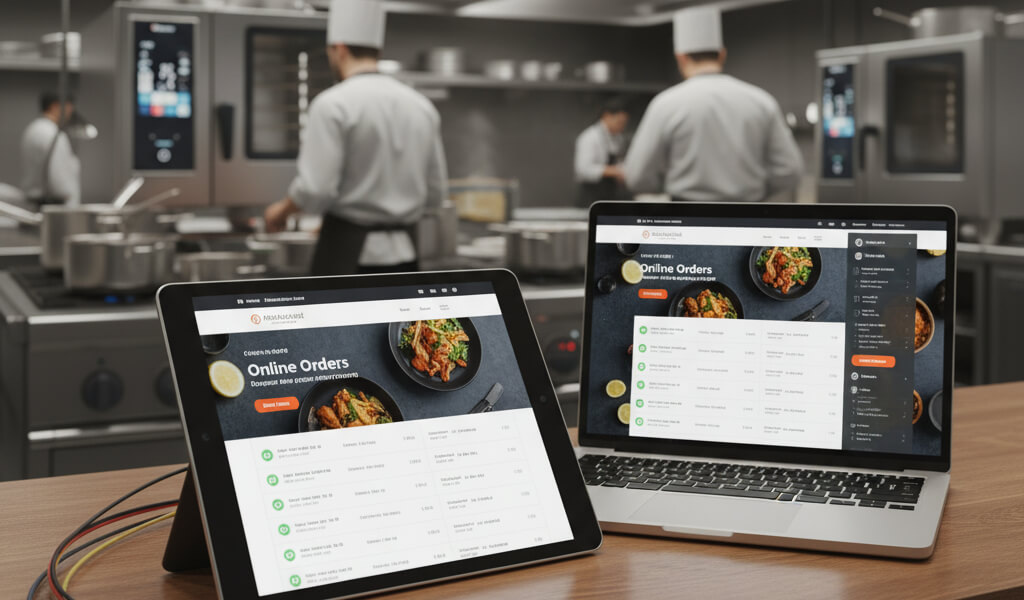October 02, 2025

In today's digital-first dining landscape, integrating your Point of Sale (POS) system with your restaurant website is more than just a convenience—it’s a game-changer. Whether you're processing online orders, managing reservations, or running loyalty programs, syncing your POS directly with your website streamlines your operations, improves efficiency, and enhances the guest experience.
A modern POS system does more than just track sales; it also manages inventory, processes payments, and provides valuable customer insights. By integrating it with your website, you can:
RocketPages Insight: How to Add Online Ordering to Your Website Without Paying App Fees
External Reference: Toast POS – Benefits of POS Integration
Not all POS systems are created equal, and choosing the right one for your restaurant is key to a smooth integration process. Look for features like:
RocketPages Resource: The ROI of a Restaurant Website: What Owners Need to Know
One of the most significant advantages of POS integration is real-time menu and inventory updates. This allows restaurants to:
RocketPages Resource: The Ultimate Restaurant Website Checklist: From Menus to Mobile UX
Integration also allows your restaurant to better manage online orders and reservations directly from your website, offering several benefits:
RocketPages Insight: Cut the Middleman: Future-Proof Your Restaurant With Direct Website Inquiries
A key advantage of POS integration is the ability to gather customer insights that can boost marketing efforts:
RocketPages Resource: The Restaurant Marketing Funnel: How Your Website Brings Diners to Your Door
External Reference: Upserve: Using POS Data to Improve Restaurant Marketing
When integrating your POS with your website, security must be a top priority. Make sure your system meets industry standards:
Integrating your Point of Sale (POS) system with your restaurant website isn’t just a convenience—it’s a necessity in today’s competitive market. By streamlining operations, improving customer experience, and driving sales, POS integration is a powerful strategy for modern restaurants. Whether it’s managing online orders, syncing inventory in real-time, or leveraging valuable customer insights, the integration of your POS with your website will give you a distinct edge in the industry.
In 2025 and beyond, restaurants that integrate their POS systems with their websites will have an operational advantage that competitors without this integration simply can’t match.
For more insights into optimizing your restaurant website and POS systems, check out these resources:
Stay up to date with the latest tips, expert insights, product reviews, and step-by-step guides to help you grow, create, and succeed—no matter your industry or passion.